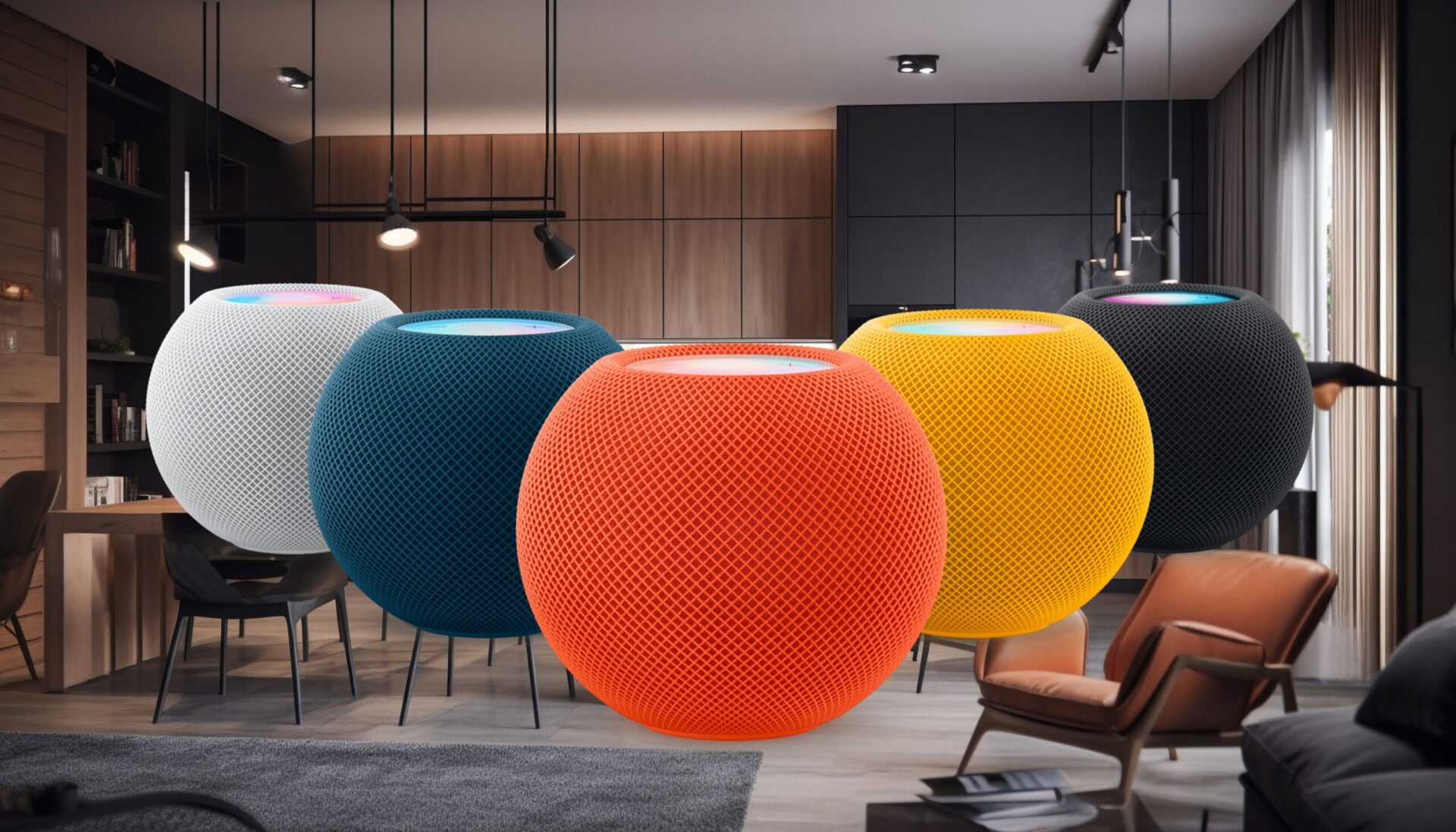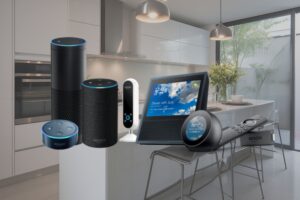What is a Virtual Assistant?
The term “Virtual Assistant” may sound futuristic, but it’s a concept that has become an integral part of our daily routine. In essence, a virtual assistant is a software-driven, AI-powered entity designed to assist users in various tasks. Unlike traditional programs, virtual assistants are equipped with natural language processing capabilities, allowing users to interact with them in a conversational manner.
These digital assistants come in many forms, ranging from voice-activated devices like Amazon’s Alexa and Google Assistant to chat-based applications on our smartphones and computers. The goal is to make technology more accessible and user-friendly, bridging the gap between humans and machines.

Which Technology Powers Virtual Assistants?
Understanding the technology behind virtual assistants is crucial to appreciating their capabilities. At the core of these devices is natural language processing (NLP), a branch of AI that enables machines to comprehend and respond to human language. This technology empowers virtual assistants to understand context, intent, and even nuances in communication.
Additionally, virtual assistants leverage machine learning algorithms to continuously improve their performance. As users interact with them, the devices learn from patterns and adapt to better meet individual needs. The combination of NLP and machine learning creates a dynamic and evolving digital companion.
What Can a Virtual Assistant Do?
The capabilities of virtual assistants have evolved far beyond simple tasks. Today, these digital companions can perform a myriad of functions, transforming them into indispensable tools for users worldwide. Some key functionalities include:
- Task Automation: Virtual assistants excel at automating routine tasks, such as setting reminders, sending messages, or managing calendars. This not only saves time but also enhances productivity.
- Information Retrieval: Users can ask virtual assistants for real-time information on a wide range of topics, from weather updates and news headlines to trivia and general knowledge.
- Smart Home Integration: Many virtual assistants are designed to control smart home devices, allowing users to adjust thermostats, turn off lights, or even lock doors with simple voice commands.
- Entertainment and Education: Virtual assistants can play music, recommend movies, and even engage in educational conversations. This versatility makes them valuable companions for leisure and learning.
How is AI Used in Virtual Assistants?
Artificial intelligence is the driving force behind the effectiveness of virtual assistants. AI enables these devices to analyze vast amounts of data, learn from user interactions, and adapt to individual preferences. Here’s how AI is harnessed in the realm of virtual assistants:
- Natural Language Processing: AI algorithms enable virtual assistants to understand and interpret human language. This goes beyond recognizing words; NLP allows them to grasp context, intent, and even sentiment.
- Personalization: Through machine learning, virtual assistants can personalize their responses and recommendations based on user behavior. This ensures a more tailored and user-centric experience over time.
- Continuous Learning: Virtual assistants are designed to learn from each interaction. The more users engage with them, the better they become at anticipating needs, providing relevant information, and adapting to evolving preferences.
- Predictive Analytics: AI-powered virtual assistants leverage predictive analytics to anticipate user needs. By analyzing past behavior and patterns, these devices can proactively suggest actions or information, enhancing user convenience.
The fusion of natural language processing and artificial intelligence has paved the way for a new era of human-machine interaction. As technology continues to advance, we can only expect virtual assistants to become even more intuitive, adaptive, and seamlessly integrated into the fabric of our connected world. Embrace the future, where your digital companion is not just an assistant but a personalized, intelligent ally.

